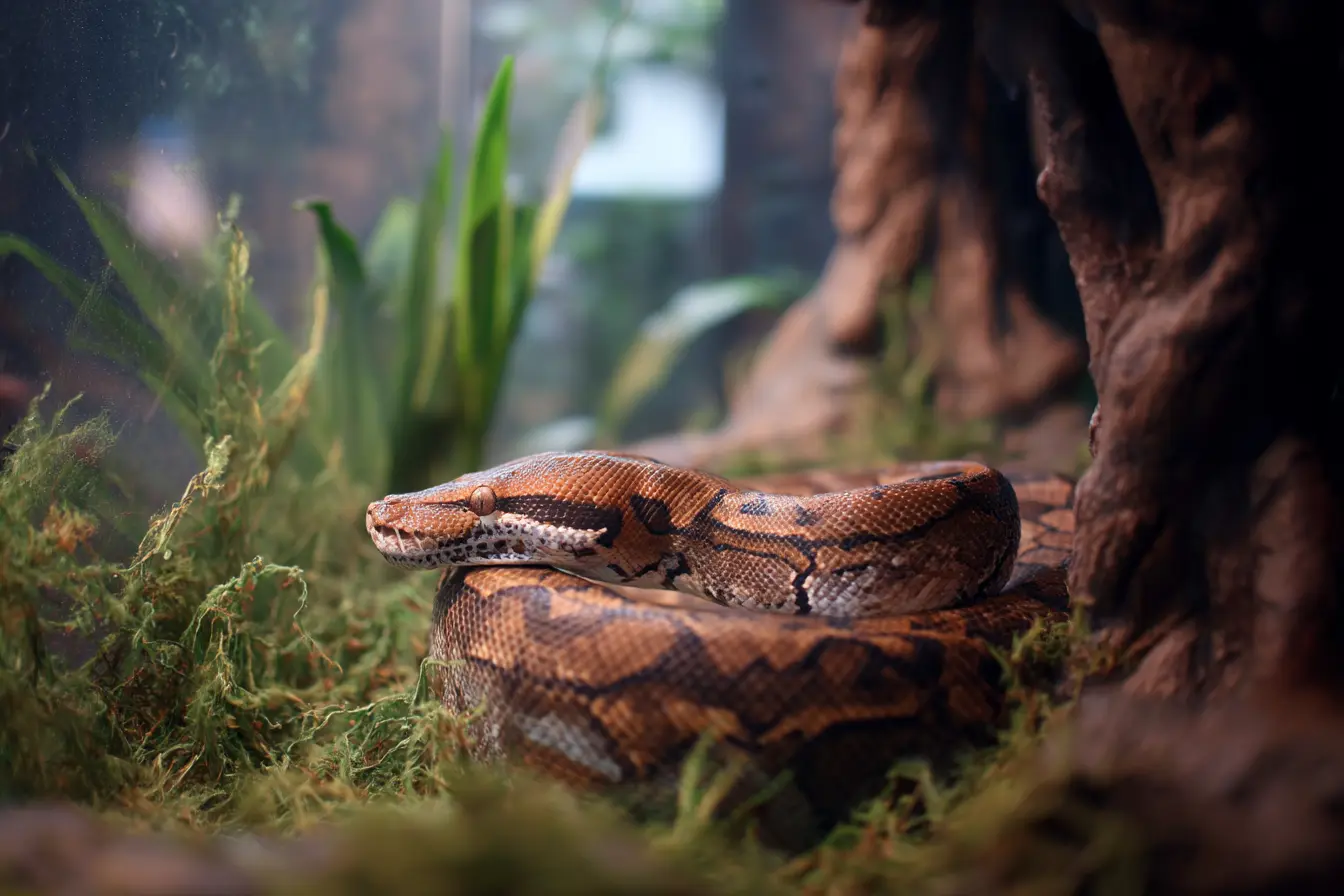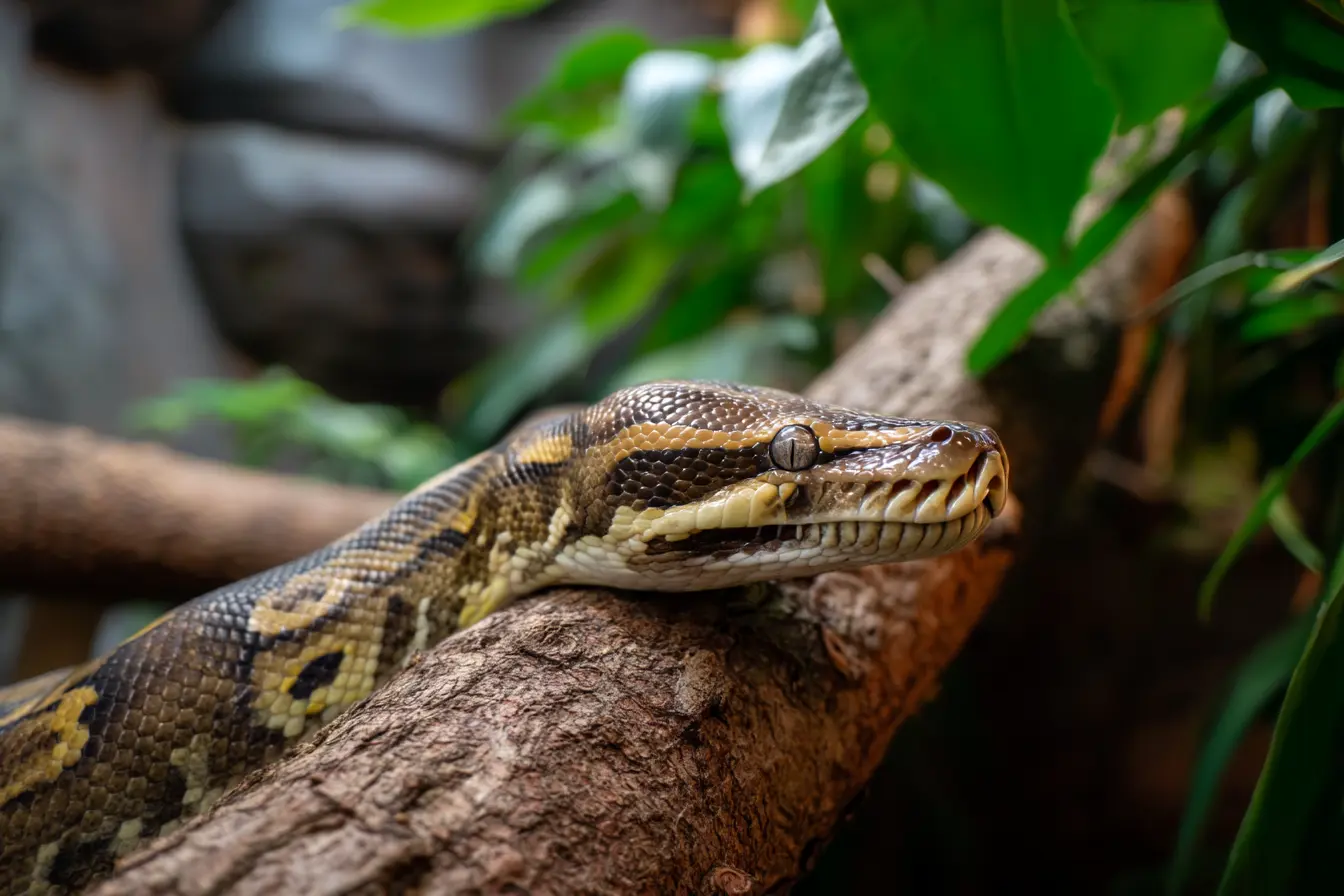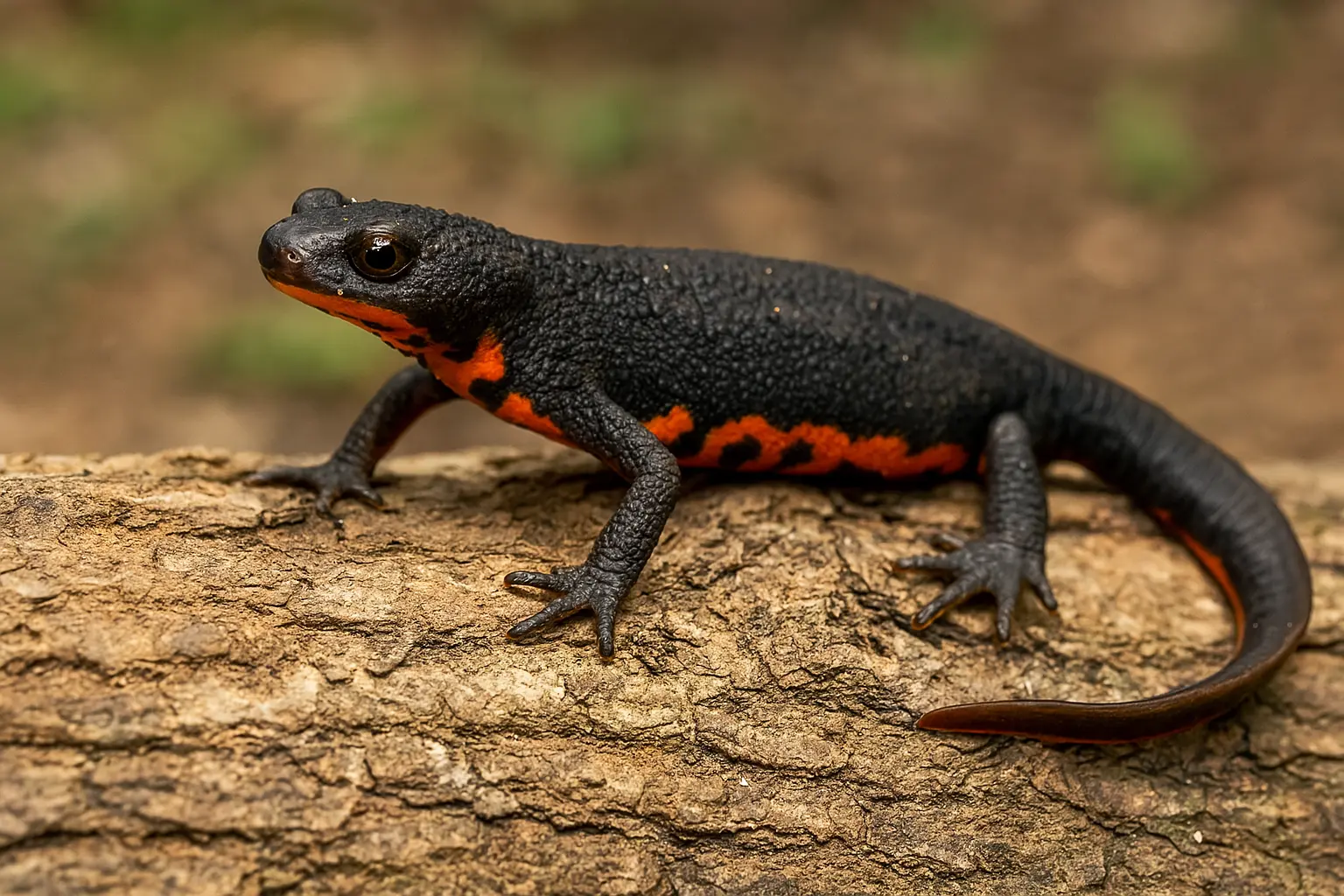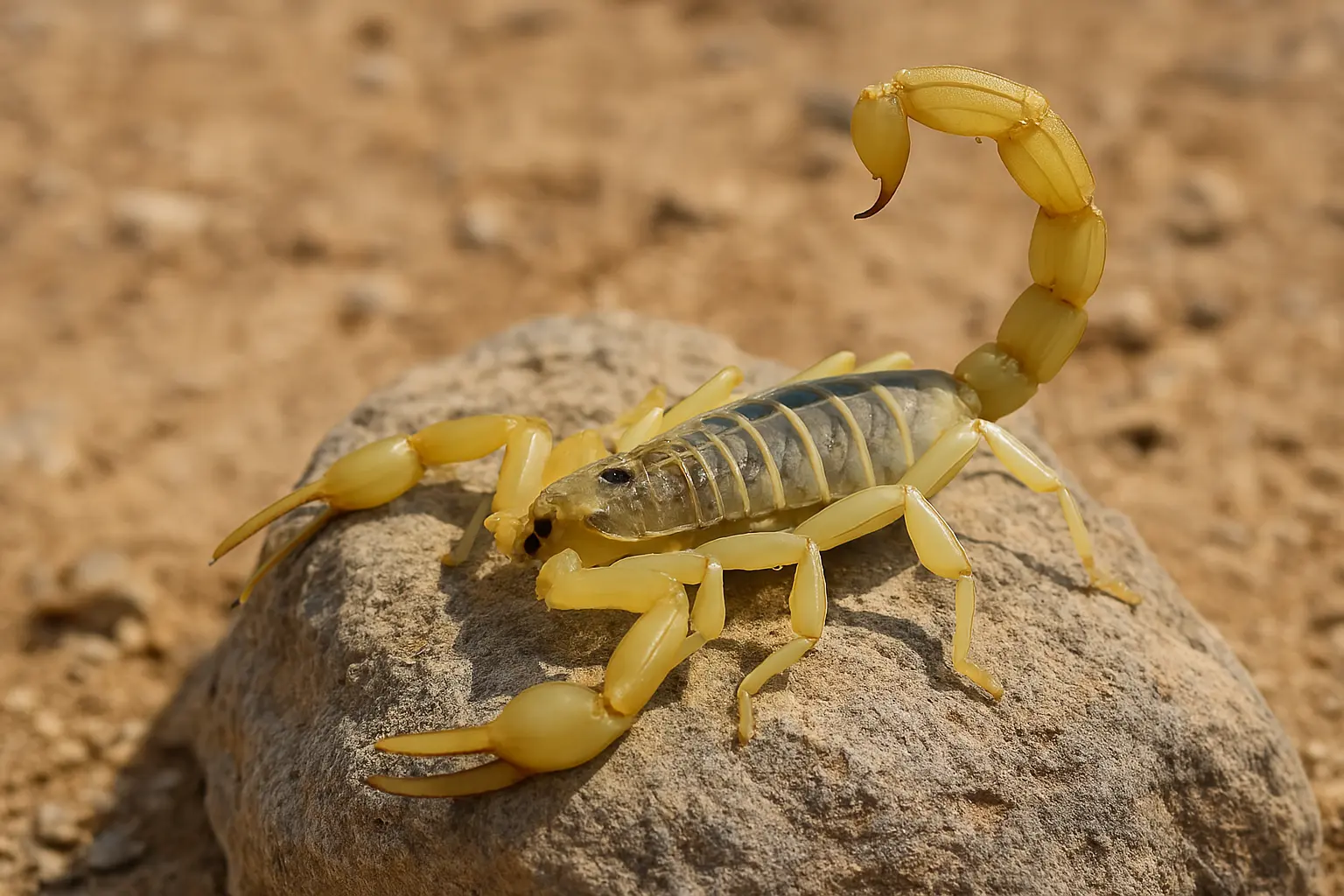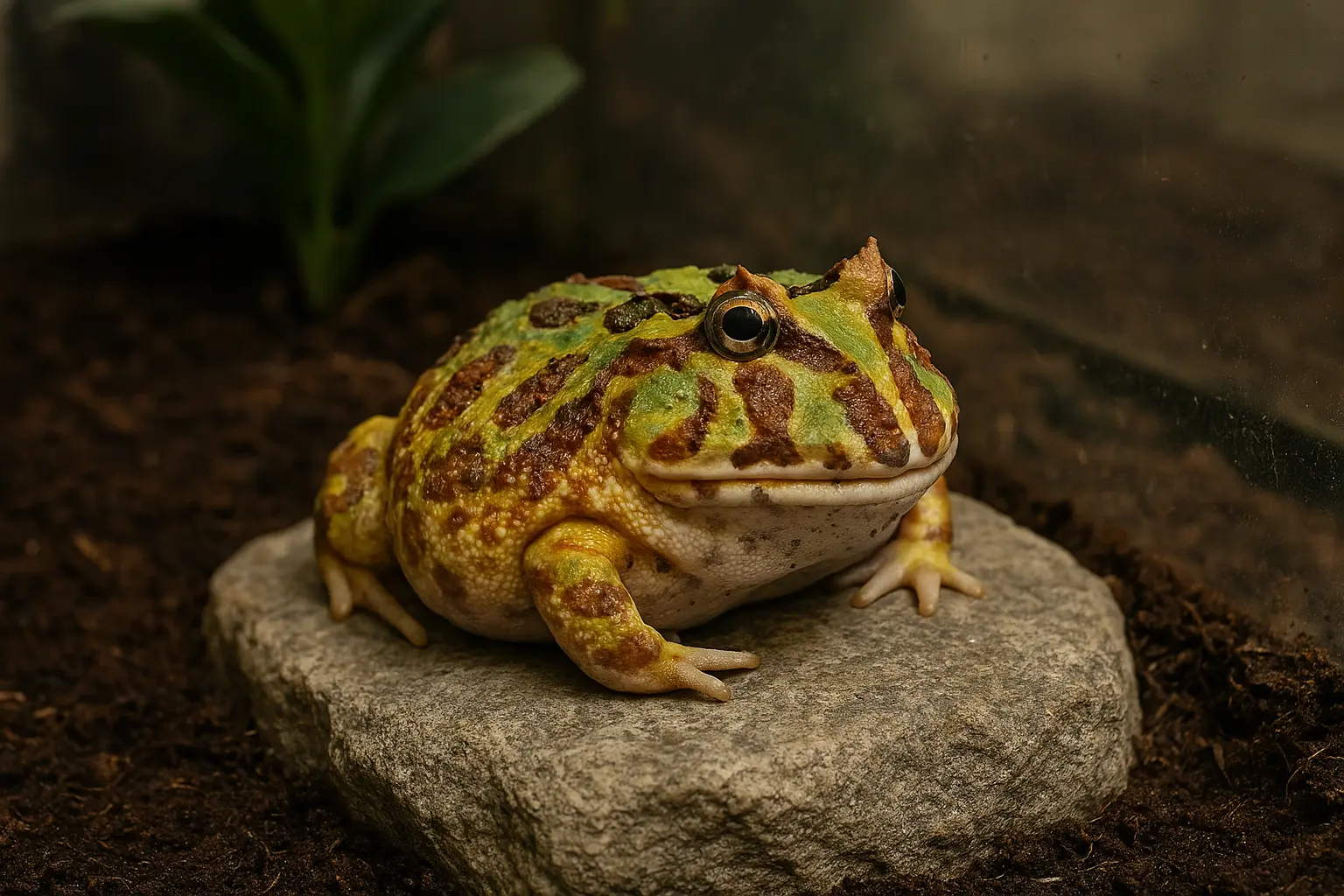
The Ultimate Guide to Keeping a Pacman Frog
Pacman frogs (Ceratophrys spp.) are a popular choice for amphibian enthusiasts in the UK. Their unique appearance, relatively simple care requirements, and quirky personalities make them an intriguing pet. However, while they may seem low-maintenance, proper husbandry is crucial for their well-being.
This guide will cover everything a prospective Pacman frog owner needs to know, from selecting the right frog to setting up its habitat, feeding, and ongoing care.
About Pacman Frogs
Pacman frogs, named for their round bodies and large mouths reminiscent of the video game character, belong to the Ceratophrys genus. There are several species, but the most commonly kept as pets are:
- Ceratophrys ornata (Ornate Pacman frog)
- Ceratophrys cranwelli (Cranwell’s Pacman frog)
- Ceratophrys cornuta (Surinam horned frog)
They are terrestrial, ambush predators that spend most of their lives buried in substrate, waiting to ambush prey. Pacman frogs are not active pets but can be fascinating to watch, especially during feeding time.
Where to Get a Pacman Frog
Pacman frogs are widely available in exotic pet shops and from specialist breeders. When choosing a frog:
- Opt for captive-bred specimens rather than wild-caught ones, as they tend to be healthier.
- Look for clear eyes, plump bodies, and responsive behaviour (they should react to stimuli).
- Avoid frogs with sunken eyes, lethargy, or visible skin infections.
Reputable breeders will provide a feeding history and may even guide you on proper care.
Housing a Pacman Frog
Enclosure Size
Pacman frogs do not require a large enclosure since they are not active. A 30cm x 30cm x 30cm (12”x12”x12”) terrarium is sufficient for a single adult.
Substrate
A moisture-retaining substrate is essential to mimic their natural environment. The best options include:
- Coconut fibre (Eco Earth)
- Sphagnum moss (as a top layer, not the primary substrate)
- Organic topsoil (free from fertilisers and pesticides)
Avoid gravel or bark, as they can cause impaction if swallowed.
Temperature & Humidity
- Temperature: 24-27°C (75-80°F) during the day, dropping slightly at night.
- Heating: A heat mat attached to a thermostat is the best option for consistent warmth.
- Humidity: 60-80%, maintained with daily misting and a shallow water dish.
Lighting
Pacman frogs do not need UVB lighting, but a low-wattage daylight bulb can help maintain a natural light cycle (12 hours of light, 12 hours of darkness).
Hides & Decor
Though they spend most of their time burrowed, offering leaf litter, cork bark, or fake plants can provide additional security.
Feeding a Pacman Frog
Diet
Pacman frogs are carnivores, eating a diet of:
- Live insects: Crickets, locusts, dubia roaches
- Earthworms: Nutrient-rich and excellent for hydration
- Occasionally: Pinky mice (for adults only, in moderation), small fish, or feeder amphibians
Feeding Schedule
- Juveniles: Every 2-3 days
- Adults: Every 5-7 days
- Offer prey no larger than the width of the frog’s head.
Supplements
To prevent nutritional deficiencies, dust food with:
- Calcium powder (without D3) every other feeding
- Calcium with D3 once a week
- Multivitamins once a week
Handling & Interaction
Pacman frogs should not be handled often as their skin is sensitive and can absorb oils or chemicals from human hands. If handling is necessary, use clean, wet hands or gloves.
They also have a strong bite and may mistake fingers for food, so avoid unnecessary contact.
Cleaning & Maintenance
- Daily: Remove uneaten food, spot-clean faeces, and mist as needed.
- Weekly: Change water, check humidity levels, and remove soiled substrate.
- Monthly: Replace all substrate and deep-clean the enclosure with reptile-safe disinfectant.
Health & Common Issues
Shedding
Pacman frogs shed their skin regularly. If shedding is incomplete, it may indicate low humidity.
Impaction
Caused by ingesting substrate or large prey. Symptoms include loss of appetite and bloating.
Bacterial/Fungal Infections
Poor hygiene can lead to skin or eye infections. Ensure clean water and proper humidity.
Metabolic Bone Disease (MBD)
A result of calcium deficiency. Symptoms include soft bones and deformities. Prevent this with proper supplementation.
If your frog shows signs of illness, consult an exotic vet.
Legal & Ethical Considerations in the UK
- Pacman frogs do not require a licence in the UK but should be sourced from reputable breeders.
- Never release a Pacman frog into the wild, as they are not native and can disrupt local ecosystems.
- Ethical ownership includes providing proper care and a long-term commitment.
Final Thoughts
Pacman frogs can make fascinating, low-maintenance pets for those who understand their needs. They are not interactive like mammals but are rewarding to keep for those interested in exotic amphibians.
If you’re ready for the commitment, setting up a proper enclosure, providing the right diet, and maintaining a hygienic environment will ensure your Pacman frog thrives.
Related Vets
Vets near you
Speciality vets
- Aquatics vet specialists
- Birds vet specialists
- Camelids vet specialists
- Cats vet specialists
- Cattle vet specialists
- Deer vet specialists
- Dogs vet specialists
- Equines vet specialists
- Exotic vet specialists
- Goats vet specialists
- Pigs vet specialists
- Poultry vet specialists
- Sheep vet specialists
- Small Mammals vet specialists
- Wild vet specialists
